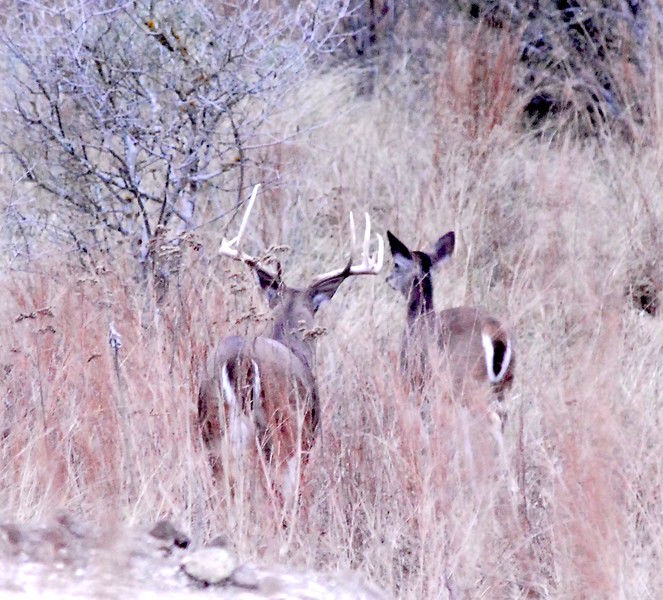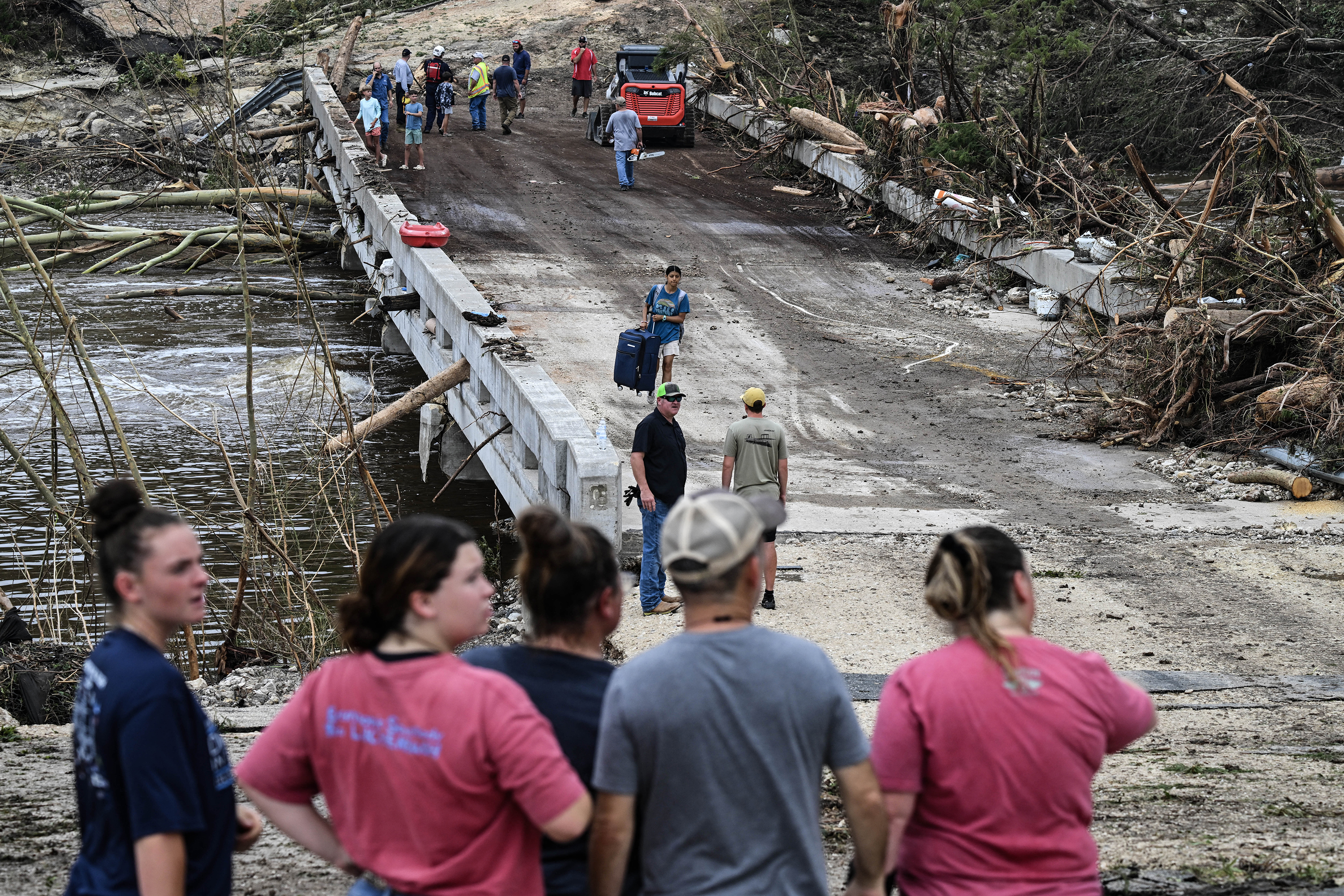Bowhunters get first swing at 2017 Texas deer season
Published 4:26 pm Saturday, September 23, 2017

- STEVE KNIGHT/TexasAllOutdoors.com After a mild, wet winter got bucks started in the right direction, much of the range dried up over the summer. Hunters should expect average antlers and about the same number of deer as last year.
Up first in the fall classic known as the Texas deer season are the state’s archery hunters, with a little help from their friends holding Managed Lands Deer permits.
It may still be September when the season opens Saturday, but that is not going to hold back hunters across the state. It may just means Thermacells are going to have to be added to their list of gear.
According to the Texas Parks and Wildlife Department, about 20 percent of Texas deer hunters say they hunt with a bow at some point during the year. Like other hunters, they always go into a deer season expecting it to be a good year. This year may not disappoint.
Timely rains and mild weather gave deer statewide a good jumpstart in antler development and recovery from fawn production.
“This year started off with good winter and early spring rains, which resulted in an excellent crop of cool season weeds and early spring green up of shrubs throughout the state. Those great habitat conditions early in the year provided a solid foundation for deer to recover lost body weight as result of winter stress/rut and set the stage for good antler development for the upcoming season,” said Alan Cain, TPWD’s white-tailed deer program leader.
However, in his deer season forecast Cain has tempered his prediction on antler development to average because those good range conditions did not hold up through much of the summer in a lot of places. It was not until August, at the end of antler development, that the rains returned.
“The drier conditions late in the season will likely have some impact on final stages of antler development and possibly fawn production, but hunters should still expect a good hunting season,” Cain said.
With an estimated 2.6 million deer, the Texas Hill Country has the most deer of any region in the state.
“The 2017 deer population in the Hill Country is expected to be about the same as 2016 considering harvest was a bit lower than expected in 2016 and the region experiences a moderate fawn crop necessary to sustain that population level,” Cain noted.
Hunters had better harvest success in 2016 in the Cross Timbers region of north central Texas, the portion of the state with the second highest deer population at an estimate 739,000.
Cain said fawn production was good in the region this year, but there could be missing age classes when it comes to quality bucks in a large portion of the state including the Cross Timbers and Hill Country.
“Looking back several years ago at previous fawn crops and projecting those numbers to the 2017 season, hunters should expect to see a good number of 1.5, 4.5, 5.5 and 7.5 year old bucks relative to other age groups for the Edwards Plateau and Cross Timbers region. The number of 6.5-year-old bucks should be noticeably lower this year as a result of poor fawn crops during the 2011 drought. That’s not to say there are still not a good number of mature bucks in the population. In fact, 2017 should be an excellent year for bucks in that 4.5 to 5.5 age group as a whole relative to the last several years for these regions of the state,” Cain said.
Deer in the Rolling Plains experienced drier conditions this summer. But while there are typically fewer deer in that region, it still is capable of producing big bucks.
Cain said South Texas experienced its sixth consecutive hot and dry summer, which resulted in reduced but even fawn crops.
While there is always a chance to kill a big buck in the brush country, hunters can expect to see more 2.5, 4.5 and 5.5 year old bucks than other age classes.
In the Post Oak Savannah and Pineywoods regions of East Texas, hunters can expect to see antler quality that is average to above average because of the strength of the 4.5- and 7.5-year-old age classes. While flooding in recent years has had an impact on young deer numbers in the bottomland areas and an older age class is missing from the 2011 drought, the two regions are seeing an overall increase in deer numbers.
The archery season is open in 252 counties around the state and will close Nov. 3. The regular season will open Nov. 4.






